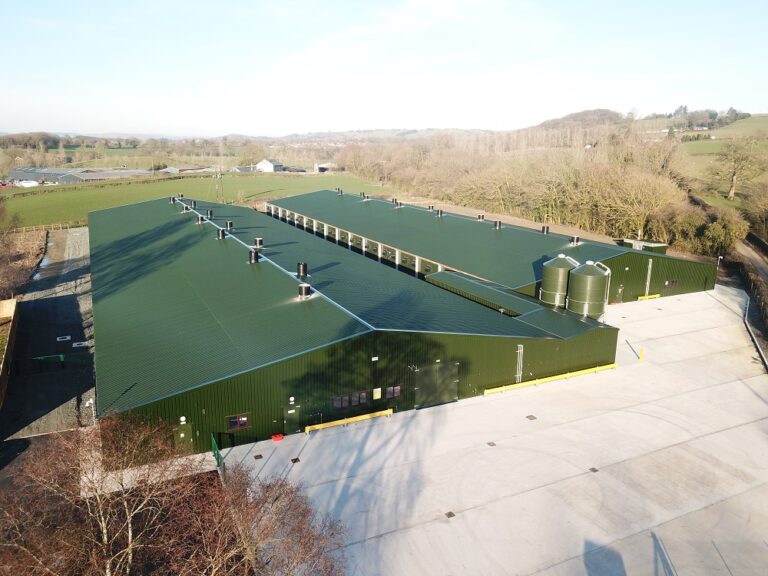Farmers and lobbying groups are urging the government to expand Permitted Development Rights (PDR), which they argue could generate growth in the rural economy without spending a penny of public money.
A new report – Yes in my Farmyard, published by think tank TYI – was launched in early July in Parliament with cross-party support from Mike Reader MP (Labour), Sarah Dyke MP (Liberal Democrats), and Rupert Lowe MP (Independent). Morgan Brogan, head of public affairs at the British Egg Industry Council (BEIC) contributed to the report.
Several changes are suggested in the report to make it easier for farmers to build. One recommendation is to reduce the current buffer period from ten years to seven years, enabling quicker and more efficient conversions of disused farm buildings into residential dwellings. . This would help address housing shortages in rural areas and prevent further deterioration of redundant structures. Supporters of the reforms also propose increasing the permitted size of conversions.
There is also a push to amend the definition of eligible buildings by extending permissions to include “rural” rather than strictly “agricultural” structures. In addition, the report argues that farmers should be allowed to replace buildings entirely where they are structurally unsound, rather than being limited only to conversions. Other suggested changes include lifting the restrictions on extensions to converted buildings and increasing the curtilage permitted around them, so that outdoor areas such as gardens, trees, and hedgerows can be included in residential developments.
Other proposed changes include expanding permitted development to support anaerobic digestion facilities and the storage of digestates without the need for full planning permission. This would benefit poultry and livestock farmers by improving on-site waste management and enhancing domestic fertiliser production.
Another key recommendation is to eliminate size and volume restrictions on new agricultural buildings. This would give farmers greater flexibility to upgrade poultry housing, expand facilities, and invest in new infrastructure without excessive cost or delay.


